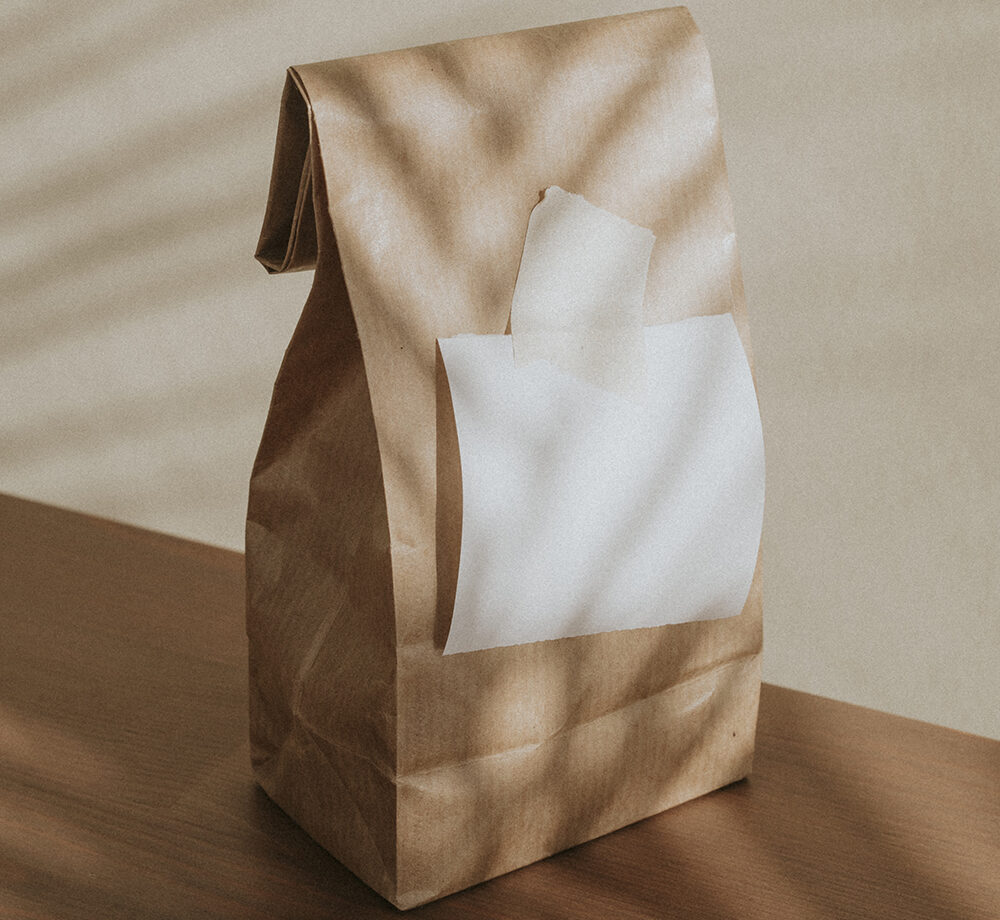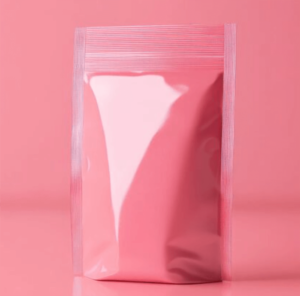The design of air valves mainly affects the shelf life of coffee by controlling gas exchange, maintaining packaging integrity, and reducing oxidation reactions, as follows:
Precise control of gas exchange
Emissions of carbon dioxide: Coffee continues to release carbon dioxide for a period of time after roasting. If there is no air valve, excessive accumulation of carbon dioxide in the bag can lead to increased pressure, which may cause packaging damage. The one-way breathable design of the air valve allows carbon dioxide to be discharged, preventing the bag from bursting and avoiding the accelerated deterioration of coffee caused by a large amount of external air entering due to packaging damage, thereby extending the shelf life.
Block external air: High quality air valves can effectively prevent external air from entering the bag. Oxygen is one of the main factors causing coffee to oxidize and deteriorate. The good barrier properties of the air valve reduce the contact between coffee and oxygen, slow down the oxidation rate, help maintain the aroma and flavor of coffee, and extend its shelf life.
Maintain packaging integrity
Prevent squeezing deformation: The air valve discharges excess gas from the bag, so that the coffee bag will not be excessively squeezed and deformed due to gas expansion during storage and transportation. The integrity of the packaging is guaranteed, reducing the chance of coffee coming into contact with the outside air due to packaging damage or deformation, which is beneficial for maintaining the freshness of coffee and extending its shelf life.

Reduce oxidation reactions
Reduce humidity impact: The air valve not only prevents external air from entering, but also prevents external moisture from entering the bag. Coffee is sensitive to humidity, and excessive moisture can cause it to become damp, accelerating its spoilage process. The moisture-proof function of the air valve helps to keep coffee dry, reduce the rate of oxidation reaction, and thus extend the shelf life.
If the air valve design is unreasonable, such as poor breathability, it may lead to excessive pressure inside the bag and packaging rupture. Or if the sealing of the air valve is poor, external air and water vapor are easy to enter, then the coffee will lose its freshness faster and the shelf life will be correspondingly shortened.
The design of the air valve on the coffee bag can be optimized in terms of material, structure, and opening pressure to meet different preservation needs. The following is a specific explanation:
Choose the appropriate material
High barrier material: The main material of the air valve should have good barrier properties, such as using composite materials such as nylon and polyethylene, which can effectively block the invasion of oxygen, water vapor, and odors, prevent coffee from deteriorating due to external environmental influences, and meet the long-term preservation needs.
Durable and chemical resistant materials: Coffee contains some chemicals, and the valve material needs to have chemical resistance to avoid reacting with coffee ingredients and affecting the preservation effect. At the same time, it is necessary to ensure that the material of the air valve is sturdy and durable, not easily damaged during the storage and transportation of coffee bags, and to ensure that the function of the air valve is always normal to meet the preservation requirements in different environments.
Optimize structural design
Unidirectional exhaust structure: The air valve should be designed for one-way exhaust, allowing only carbon dioxide inside the coffee bag to be discharged while preventing external air from entering. This structure can effectively eliminate the large amount of carbon dioxide generated after coffee roasting, prevent packaging rupture caused by excessive pressure inside the bag, and avoid contact between external oxygen and coffee, meeting the gas environment requirements for coffee preservation.

Tight sealing structure: The sealing performance of the air valve is crucial. A good sealing structure can ensure that during the exhaust process, external air, moisture, and odors cannot enter the bag through the air valve. For example, using sealing components such as silicone sealing rings can enhance the sealing of the connection between the air valve and the coffee bag, meeting the preservation needs of coffee for moisture and odor prevention.
Multi layer protective structure: In order to better meet the preservation needs, the air valve can be designed with a multi-layer protective structure. If a filter layer is installed inside the air valve, it can further filter the coffee powder in the exhaust gas, preventing the powder from blocking the air valve and affecting the exhaust effect; At the same time, installing a protective cover outside the air valve can protect it from external physical damage, improve its reliability and preservation effect.
Precise control of opening pressure
Adjust according to coffee characteristics: Different types and degrees of roasting of coffee produce different rates and amounts of carbon dioxide, and the opening pressure of the air valve needs to be designed according to the specific characteristics of the coffee. The amount of carbon dioxide produced by lightly roasted coffee is relatively small and the rate is slow. The opening pressure of the gas valve can be lowered appropriately to facilitate timely gas discharge. Deep roasted coffee produces a higher amount and faster rate of carbon dioxide, and the air valve requires a higher opening pressure to prevent external air from entering the bag before the coffee has fully released gas, thus meeting the preservation needs of coffee with different degrees of roasting.
Consider packaging materials and environmental factors: The opening pressure of the air valve should also take into account the packaging materials and usage environment of the coffee bag. If the packaging material is thin or soft, the opening pressure of the air valve should be appropriately reduced to avoid packaging damage caused by excessive pressure; In high-altitude areas, due to low external air pressure, the opening pressure of the air valve also needs to be adjusted accordingly to ensure that the air valve can work properly and meet the preservation needs under different packaging and environmental conditions.







